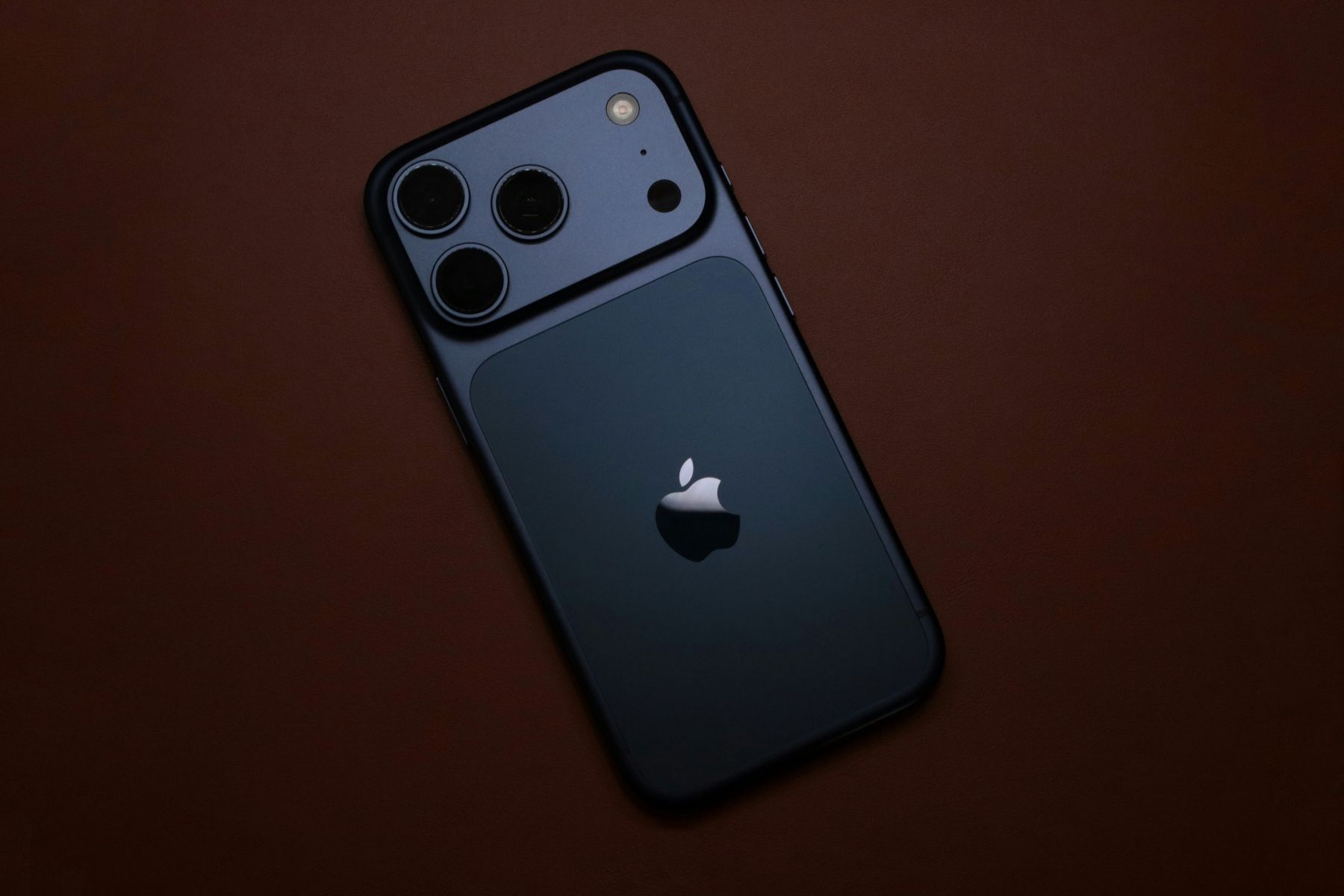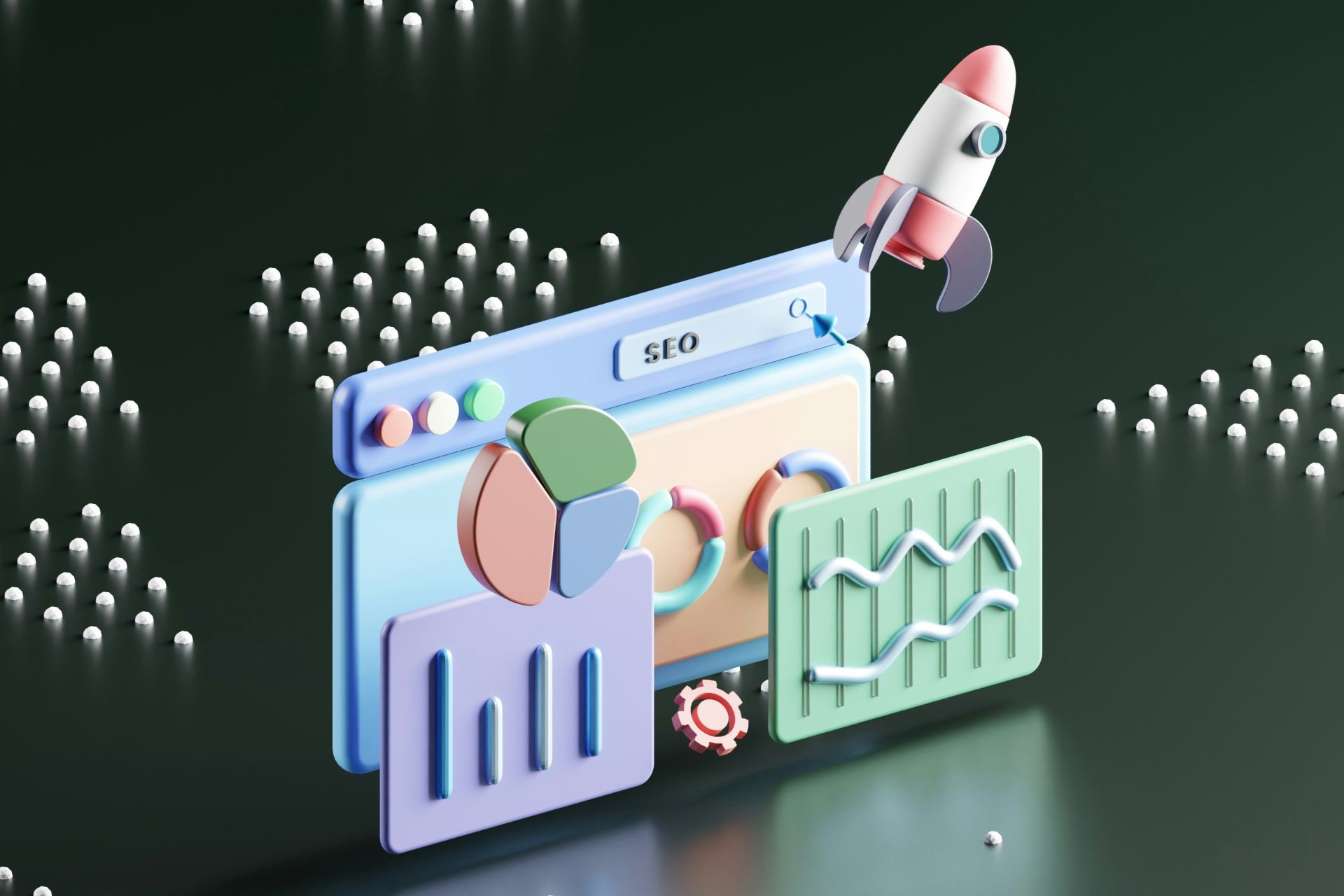The iPhone 17 Lineup: Four Models, Four Philosophies
Gone are the days of simple size variations. The 2025 lineup consists of the standard iPhone 17, the revolutionary iPhone Air, and the powerhouse Pro models. Notably absent is the Plus model, which Apple discontinued due to lukewarm sales. Instead, we get the ultra-thin Air model that's already turning heads.
Standard iPhone 17: The Sweet Spot
Starting at $799 with 256GB storage (double the previous generation's base storage), the iPhone 17 features a 6.3-inch OLED display with 120Hz ProMotion and Always-On functionality - features previously exclusive to Pro models. Powered by the A19 chip built on 3-nanometer technology, it delivers a 6-core CPU that's 1.5x faster than the iPhone 13's processor.
The camera system includes dual 48MP lenses (main and ultra-wide), enabling crisp 2x zoom shots with optical quality. The new 18MP Center Stage front camera with Dual Capture allows selfies in any orientation, addressing a long-standing user complaint about awkward group selfies.
User Reception: Tech Advisor calls this a "vintage year" for the base model, noting that Apple has showered it with upgrades typically reserved for Pro models. Tom's Guide praised the customization options in iOS 26, particularly the dynamic lock screen with 3D depth effects. Most reviewers agree this represents exceptional value at its price point.
iPhone Air: Thinness Redefined
The all-new iPhone Air measures just 5.64 millimeters thick and weighs only 165g, making it Apple's thinnest phone ever. Starting at $999, it uses a titanium-aluminum alloy frame to maintain durability despite its slim profile. The Air runs the enhanced A19 Pro variant chip and features a single 48MP camera with 2x zoom capabilities.
User Reception: The Air has generated polarizing reactions. Design enthusiasts love its impossibly thin profile and premium feel, while power users question whether the single-camera setup and potentially smaller battery justify the premium price. CNN Underscored notes it's "the jaw-dropper" of the lineup but suggests the Pro models offer better overall value.
iPhone 17 Pro: Redesigned Performance
The Pro model starts at $1,099 with 256GB storage and introduces significant design changes. Apple switched from titanium to brushed aluminum, adding a vapor chamber cooling system for better heat management. The camera system features three 48MP Fusion cameras offering the equivalent of eight lenses, including 8x optical zoom.
The A19 Pro chip enables features like ProRes RAW video recording and Apple Log 2 for professional filmmakers. Both Pro models feature Ceramic Shield 2 on front and back, offering 3x better scratch resistance.
User Reception: Professional reviewers are impressed with the thermal improvements, noting the phone no longer overheats during intensive tasks - a major issue with the iPhone 16 Pro. The Cosmic Orange color option has been particularly well-received, with many calling it Apple's boldest color choice in years.
iPhone 17 Pro Max: Battery Champion
At $1,199, the Pro Max offers all Pro features in a larger 6.86-inch package. Battery life testing shows it lasting 21 hours and 44 minutes on continuous 4K video playback, beating any previous iPhone. User reviews consistently highlight that Apple has finally delivered on its battery life promises.
User Reception: Real users report getting over 10 hours of screen-on time with 25-30% battery remaining at day's end. However, some users criticize the slower charging speeds compared to Android competitors that offer 100W+ fast charging.
iOS 26 and Apple Intelligence: Mixed Reactions
iOS 26's new Liquid Glass design and customizable lock screens receive praise for making the iPhone feel more personalized and flexible. The dynamic wallpapers and 3D depth effects add visual flair that users appreciate.
Apple Intelligence features generate more divided opinions. Users report the AI writing tools work well about half the time, while features like AutoMix in Apple Music can produce mixed results. The consensus suggests these features need refinement but show promise.
Common Criticisms Across the Line
Despite overall positive reception, users have identified several pain points:
- Display Brightness Concerns: Some users report the iPhone 17 display appears dimmer than the iPhone 16, with measurements showing lower peak brightness in certain conditions.
- Charging Speed: Android users switching to iPhone consistently mention the relatively slow charging speeds, especially when competitors offer significantly faster solutions.
- Regional Limitations: Features vary by region, with some countries missing key capabilities like physical SIM slots (US models are eSIM-only).
Should You Upgrade?
Early reviews suggest the iPhone 17 lineup represents one of the most significant shake-ups in recent iPhone history. For users with iPhone 14 or older, the improvements in display technology, camera systems, and battery life make a compelling upgrade case.
The standard iPhone 17 emerges as the surprise winner for most users, offering Pro-level features at a more accessible price. The Pro models excel for content creators and power users who need advanced camera capabilities and maximum battery life. The Air suits those prioritizing design and portability over raw specifications.
Final Thoughts
Apple's 2025 iPhone strategy succeeds by offering genuinely differentiated models rather than simple size variations. What Hi-Fi awarded the iPhone 17 their 2025 award, calling it "Apple's most compelling standard iPhone to date."
The iPhone 17 series demonstrates Apple's ability to innovate meaningfully when pushed by competition. With ProMotion finally reaching the base model, significant camera improvements across the board, and the bold iPhone Air experiment, this generation offers something for every type of user.
Whether you're a casual user seeking value, a creative professional needing power, or a design enthusiast wanting the latest innovation, the iPhone 17 lineup delivers. Just be prepared for the usual Apple tax and some first-generation growing pains with the AI features.



